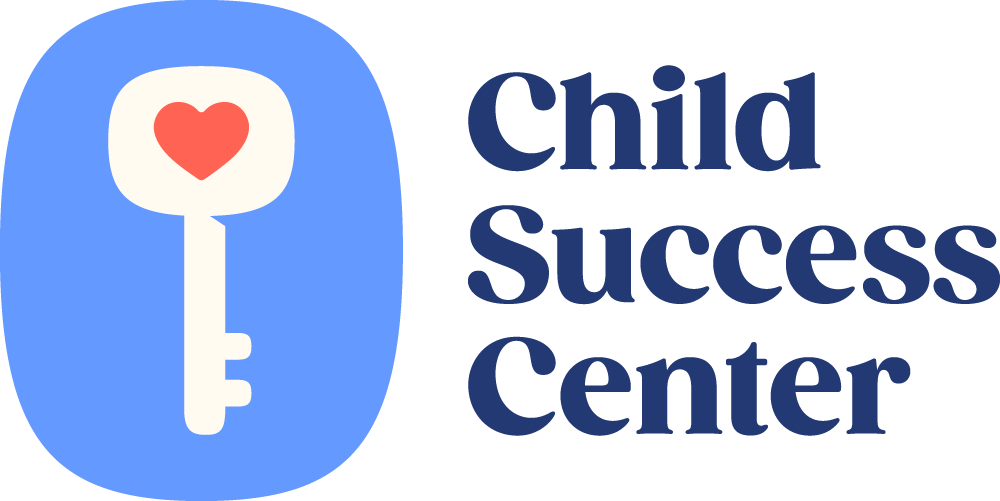The Superstar Student – Strategies to Help Your Sensory Child Perform Their Best In Class
You are your child’s advocate in all walks of life, especially in the classroom. Keep this in mind as your little guy or girl begins the new school year, because no matter how knowledgeable a teacher is, you always know your child better. Particularly if your child has sensory processing concerns or is a sensory/movement craver, you need to educate his or her new teacher and provide them with strategies to ensure your child is successful in the classroom. Your child’s occupational therapist can help you with the sensory strategies that will best benefit your child, but there are some common tools and movement break strategies that are effective with many kids. A wiggle cushion placed on a child’s chair is helpful in giving the child a sensation of movement without having to get up from their desk. Also, letting the teacher know that your child needs movement breaks throughout the day, help the teacher better understand his/her needs and also improve your child’s attention level. During movement breaks, your student can engage in activities such as jumping jacks, wall push-ups, crab walking or similar activities. These movement breaks should be structured and last only a few minutes to ensure that they are not disruptive to the rest of the class. Other strategies include fidget toys such as a squeeze ball, putty or clay to keep the students hands busy and calm. Some children crave oral input and may chew on their pencils or shirt, so an effective alternative is to attach a small piece of plastic tubing to the end of their pencil to chew on. In addition to movement breaks, a weighted vest or lap weight can be helpful to the student who craves movement and has trouble remaining in their chair. Many of these tools such as the wiggle cushion, weighted vest, and fidget toys can be purchased online rather inexpensively. Again, your occupational therapist can help you individualize these sensory strategies and put them into place to ensure that your student has the most successful school year possible.
Here are some examples and random images of various wiggle cushions, weighted vest, pencil chew end and fidget toys that are discussed above to help you better understand their use and purchase:

